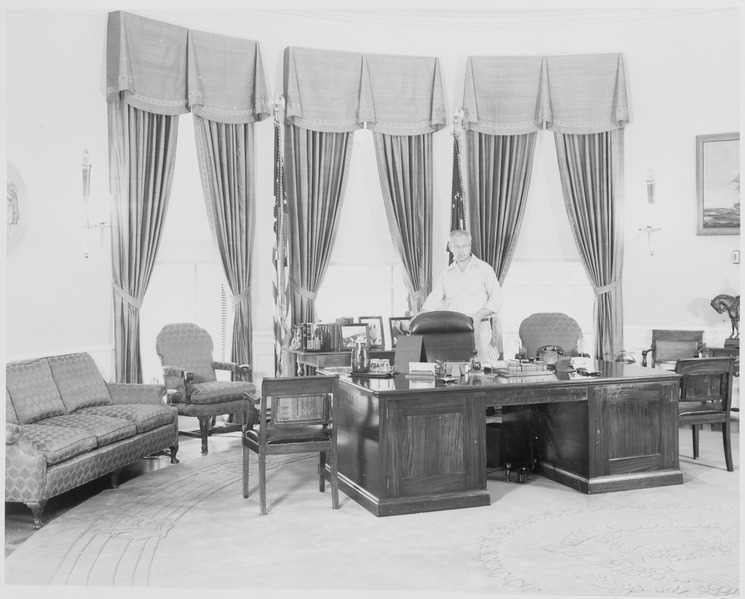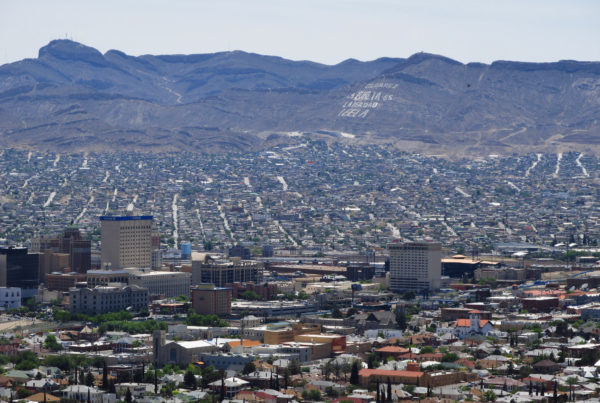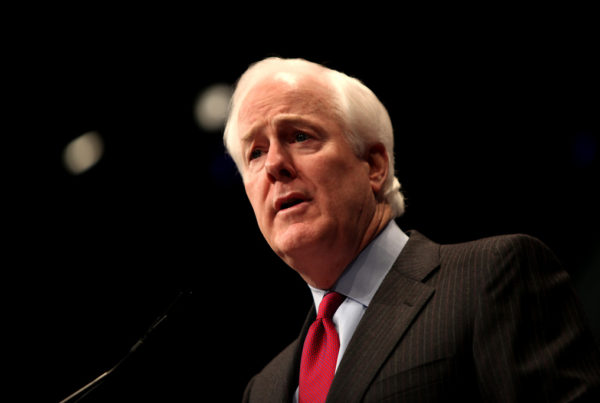In the wake of President Donald Trump’s declaration of a national emergency on the southern border, many may wonder how and when past chief executives have used this power, and what it allows them to do. A few weeks ago, University of Texas law professor Stephen Vladeck told Texas Standard that Congress has given the president the power to declare an emergency “for just about anything he thinks is appropriate.”
The National Emergencies Act has been in effect since 1976. It was intended to give the president authority to act when Congress had not had the opportunity to do so.
Douglas Brinkley is a presidential historian, professor at Rice University and author of the forthcoming book “American Moonshot: John F. Kennedy and the Great Space Race.” He says presidents have declared emergencies on several-dozen occasions.
“They’re used usually in a foreign policy context,” Brinkley says. “If we need to do something immediately in Yemen or Syria, Ukraine. Usually there’s a bipartisan spirit, whether it’s George W. Bush or Barack Obama.”
Though it predates the National Emergencies Act, Brinkley says another controversial use of presidential emergency powers came in 1952 when President Harry Truman seized the nation’s steel mills, attempting to avert a strike.
In the current case, he says, the need for a national emergency is much more politically controversial.
“The question is, is this a good precedent? It’s not: Can Donald Trump do this? but: Will it survive the court process?” Brinkley says.
Court challenges to Trump’s action will likely be based on the fact that Congress has acted to provide border-security funding, and that the legislative body has “the power of the purse” under the Constitution, Brinkley says.
“A wall that Mexico was supposed to build, that’s been debated for a couple of years, and there’s finally a bipartisan bill to provide border security – Donald Trump signs the bill and says, ‘I still want another $6 billion.'” Brinkley says.
Written by Shelly Brisbin.

















